Oftentimes the driver who initiated the crash through negligent or reckless driving is at-fault in a multi-car accident. Proving negligence and how it caused your damages is key to a higher settlement in a chain reaction car accident.
Understanding who’s at-fault during a multi-car accident can be tricky because more than one party may be responsible. Depending on the case, evidence of fault often stems from police reports, witness statements, pictures, and other evidence. Therefore, it’s important to gather evidence to help you win your case.
Find an experienced auto accident attorney to help you with your claim. If you were at-fault or partially at-fault, your insurance should cover the damages of the other driver(s) involved. If you believe the other party is at-fault, file a claim with an attorney to help you earn compensation for your losses.
Free Auto Accident Evaluation
Hurt in a wreck that wasn’t your fault? Don't settle for less! Click here to speak with a nearby attorney for FREE about your claim.
What is a Multi-Car Accident?
Otherwise known as a pile-up, a multi-car accident is any vehicle collision involving three or more vehicles. Often found on metropolitan city highways, chances of multi-car accidents increase as cars drive faster or move closer to one other.
For instance, car A rear-ends car B, who then hits car C. Usually the vehicle who rear-ends the other automobile may be found at-fault, and in this example that would be car A. However, there are cases when other drivers could be found at-fault besides the rear driver.
For instance, someone ahead may be under the influence of drugs and alcohol. The front driver may engage in aggressive driving like brake checking, where they unnecessarily hit the brakes as a sign of road rage. Under unique circumstances, other drivers besides the initiator can be found at-fault.
Types of Multi-Car Crashes to Watch Out For
The common types of car accidents caused by multi-car crashes are rear-end collisions, head-on collisions, intersection crashes, and lane changing.
Rear-End Collisions
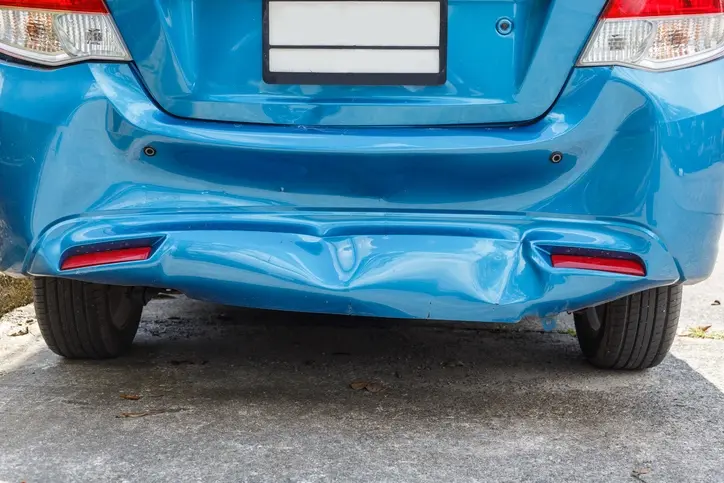
These types of auto accidents happen when a vehicle’s front-bumper collides with another vehicle, whose momentum hits another vehicle. The rear-end driver may be at-fault since they could’ve stopped and prevented the accident.
Unless there were external factors surrounding the accident, the blame would be mostly placed on the rear-end driver.
Head-On Collisions
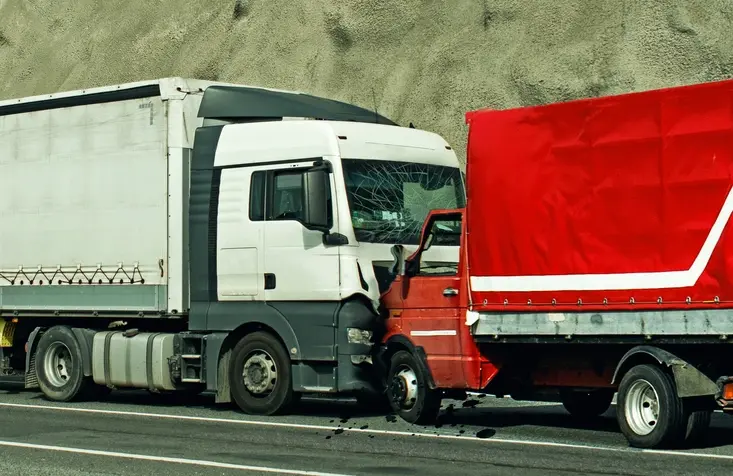
This type of crash involves a collision between two vehicles moving towards each other from opposite directions. These collisions are rare but prone to happen, and the fault would lie on the driver traveling on the wrong side of the road. A head-on collision involves much more direct contact than other accidents, potentially involving multiple vehicles besides the two drivers who collided.
Intersection Crash
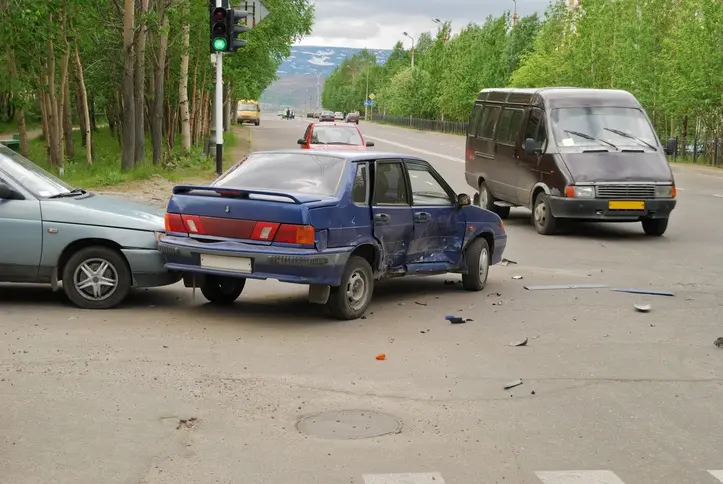
An intersection crash often occurs when a car tries to take a left-turn. An oncoming automobile may cross too soon and crash the vehicle making the left-turn. Prove who had the right-of-way to determine who’s at-fault for the intersection crash.
For example, speeding cars may be in the wrong if they sped through a red light, which places the blame on them. If the vehicle turning left hits the car before the light turns red, the blame would be the vehicle turning left.
Lane Changing
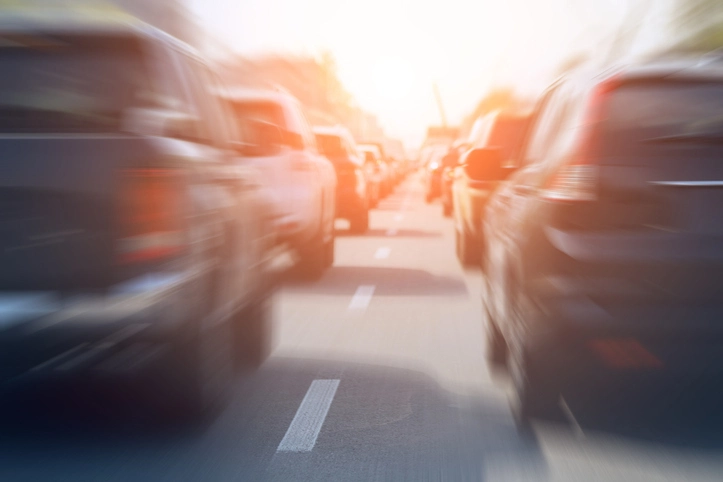
This occurs when a vehicle crashes into another car’s side while merging into another lane. This often happens when drivers fail to check their blind spots before changing lanes, causing a sideswipe accident.
Liability may be tricky to identify if a driver was swerving to avoid potential hazards like road debris. A truck may not have properly secured their tie-downs, causing their load to fall onto the road. Swerving to narrowly avoid hitting a reckless driver may cause you to hit another vehicle.
Generally, the blame lands on the negligent driver who did not check their sides before merging lanes, causing the collision.
Pile Up Car Accidents
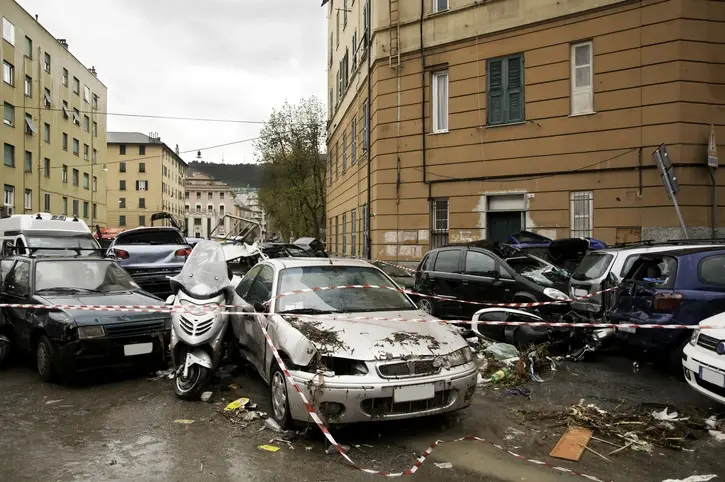
A pile up accident involves several cars colliding together under a chain reaction. These may be caused due to poor driving conditions such as icy terrain or driving at night.
For instance, a semi-truck may not drive properly under slippery terrain and slowly crashes into other vehicles. The truck may force other vehicles to be involved in the collision since it can’t effectively stop under the icy terrain.
Common Causes of Multi-Vehicle Collisions
Some common causes of multi-vehicle collisions are:
- Speeding—drivers that speed may likely have less control of their vehicle. Speeding factors in 29% of all traffic fatalities in 2022 and killing about 33 people on a normal day.
- Tailgating another car—impatient drivers who cannot maintain a safe distance can cause a rear-end collision, especially during congested highways.
- Drowsy driving—driving while tired dampens your ability to make reasonable decisions, making drivers not realize they’re drifting lanes.
- Distracted driving—driving while being distracted like using your phone, changing the music station, eating/drinking, etc. Distracted driving accounted for 3,308 deaths in 2022.
- Unstable weather conditions—conditions like excess rain or icy roads. Drivers could easily lose control and hydroplane or swerve under treacherous weather situations.
- Failure to follow traffic laws—not yielding at intersections, not turning on signals, etc.
How Common are Multi-Car Accidents?
The Insurance Institute for Highway Safety (IIHS) data numbered about 39,508 motor accidents across the United States in 2021. Approximately, 42,939 deaths occurred at that time resulting in 12.9 deaths per 100,000 people and 1.37 deaths per 100 million miles traveled.
Multi-vehicle collisions are often ironically worsened by drivers trying to avoid the impact. According to the Insurance Institute for Highway Safety (IIHS), frontal impacts accounted for 59% of passenger vehicle occupant deaths in 2021. Side impacts accounted for an additional 22% of passenger vehicle occupant deaths.
What to Do During a Multi-Car Vehicle Collision
A multi-vehicle car accident may be more stressful than a usual collision due to the amount of people involved in the crash. The amount of insurance companies to balance, different perspectives, and police reports can make the situation more stressful than it should.
If you’re wondering whose insurance to contact, what info to gather, or how to talk to the police, follow these steps:
- Call an ambulance if there are serious injuries for any passengers or drivers. Call the police so they can mitigate the situation and file a police report to use as evidence.
- Gather evidence to help your auto accident attorney prove liability for the collision. When involved in any auto accident, take pictures of all vehicle damages and record witness testimonies.
- Present your evidence to your insurance and try gathering as much info on the other drivers as possible. Your insurance company may reach out to them for further questioning.
- Go to a doctor even if your injuries may seem minor, as delays may lead to long-term health issues.
Your insurance should handle it from there, but if you are uninsured, you’ll have to pay out of pocket if you’re at-fault. In the worst-case scenario, you could face criminal charges or traffic violations.
How to Prove Liability After a Multi-Car Accident
Certain states use the comparative negligence rule to determine who is at-fault in a multi-car accident. This form of negligence assigns blame based on a percentage of how responsible each driver was for the accident.
Some key factors in comparative negligence are:
- Assigning fault based on a percentage
- Damages are proportioned based on degrees of negligence
- If both drivers were equally at-fault, then both claims may be denied
There are three types of comparative negligence rules:
Pure comparative negligence—allows the plaintiff to earn compensation for damages even if they are 99% at-fault. The payment the plaintiff can collect alters based on the allocated fault deemed by the court.
Modified comparative negligence—disallows plaintiffs from recovering monetary damages if they are at-fault beyond a certain percentage. For instance, some states follow the 50% rule, which means the plaintiff can’t recover damages if they’re 50% or more at-fault.
Whose Insurance Pays After a Multi-Car Accident?
Usually, the insurance provider of the driver who caused the accident assumes liability. Unless driver B was driving under the influence, or if driver A was recklessly driving, there may be some exceptions.
If a Car Hits You and You Hit Another Car, Who is At-Fault?
If a car hits you, and you hit another vehicle, the fault lies with the rear-end driver who instigated this chain reaction. The rear-end driver could’ve stopped the accident from happening, and they are at-fault because of their negligence.
What if You’re Partially At-Fault?
Even if you’re partially at-fault, you may still be able to recover damages, despite your compensation lowering by your fault percentage. The judge/jury will determine the percentage of fault, and lessen the amount by your percentage.
When Should You File a Car Accident Claim?
You should file a car accident claim as soon as possible to keep your evidence fresh while following your state’s statute of limitations. Alert your insurance company as well, so they can start gathering information.
You may have experienced debilitating injuries from the crash, making it harder to handle legal paperwork. To claim compensation while recovering from your injuries, you’ll need an auto accident attorney to organize your case.
Find an Expert Auto Attorney For Your Multi-Car Accident Claim
If you were involved in a multi-car accident, find an expert auto attorney to assist with your claim. LegalASAP has 500+ law firms with thousands of attorneys that may assist you with your claim. It’s in your best interest to find the right attorney so you can get compensated for your pain and loss.
Fill out this free short consultation form, and we can try and connect you with an agent to help with your auto claim. For questions or inquiries that can’t wait, please call our hotline at 888-927-3080.
Cassandra Nguy
Cassandra Tran Nguy is a legal writer living in Los Angeles, California. She graduated cum laude from California State University, Northridge with a B.A. in English Creative Writing and a minor in Marketing. Visit her online profile at linkedin.com

